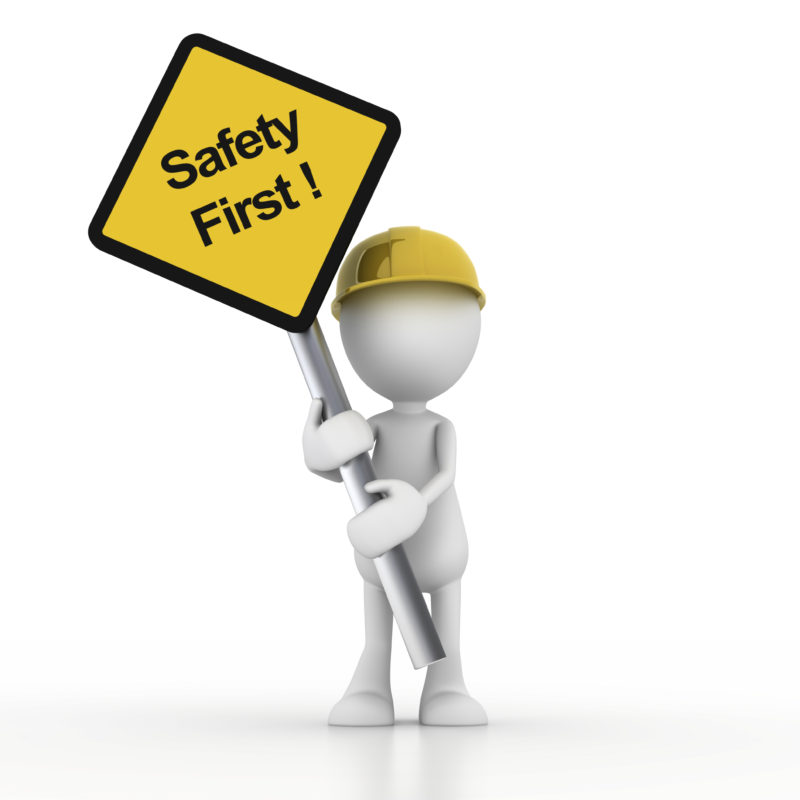Brand Education as Culture Change:
A Process-Driven Prescription for
Improving Patient Experience, Outcomes, and Market Share
(C) 2010
By Roger Gans
Market Development Consultant
Internal culture, brand, and patient experience: Inseparable
Ultimately, a healthcare organization’s brand is a direct reflection of the quality and nature of the patient experience it delivers. It is built by the cumulative weight of individual brand experiences with the organization’s words, deeds and infrastructure.
Taglines, slogans and other marketing communications messages may make promises, but direct experience is the great revealer of truth. If patient experiences do not live up to the promise of the marketing messages, then you can add “untrustworthy” to the list of issues reflected in those disappointing patient satisfaction ratings. Fortunately, perhaps, few patients pay much attention to any marketing messages, especially those of healthcare organizations.
What do they pay attention to? Direct experience—their own, and that of their family and friends and others they may have come into contact with.
Every interaction counts
More than anything else, patient experience is a product of the interactions between the organization’s patients and its staff. And the nature of those interactions is a product of the healthcare organization’s internal culture.
As a rallying point for building a team approach to patient care and recognizing the value of all members of the team, it is useful to adopt an organization-wide belief that patient care begins in the parking lot. But in reality, patient care begins with the internal culture of the organization. There are strong and direct correlations between healthcare job satisfaction ratings and patient satisfaction ratings.
For these reasons, some healthcare organizations have begun to take an integrated approach to their marketing, recruitment, staff development and quality initiatives.
An 8-step plan
Following is an outline of an approach that identifies and addresses the key factors in building and energizing an organizational culture focused on delivering superior patient satisfaction while continuously improving patient care and medical outcomes.
It requires a commitment from all members of the organization to the ideals and expectations of this kind of patient-centered culture, and recognizes that this is a commitment that may not be possible for all current members of the organization.
While the process requires a top-to-bottom organizational commitment, it also requires a bottom-up, inside-out route to brand development, brand-delivery competence, and culture change.
Step One: Announce the effort
Cultures are strongly influenced by the behaviors of leaders. The first step in a culture change effort should be an announcement by the leaders of the organization defining the need, objectives and nature of the effort—and modeling of their own commitment to it.
Step Two: Engage staff in defining the new “aspirational” brand
“Culture” is a difficult concept around which to build staff engagement. “Brand” is a lot more inviting. From infancy, we are trained to be conscious of advertising techniques and influences, and nearly all of us fancy ourselves to be reasonably expert in its use.
Conducting focus group interviews with representative gatherings of staff members will make it possible to gain an honest view of the current nature of the organizational culture and to start developing a description of a new organizational culture that would be an honest expression of the staff’s sense of the mission, capabilities and competence to which it can realistically and proudly aspire. But in all those interviews and conversations, “culture” should always be referred to as “brand.” To be successful in transforming patient experience in a healthcare organization, it helps to consider them the same thing.
Step Three: Put the brand to a vote
Engage a core group of staff brand-advocates (e.g., enthusiastic volunteers from the initial focus groups) in developing a “Brand Positioning Statement” for discussion, revision and approval by a multi-level committee, and to take part in disseminating and explaining the brand positioning to the entire staff. Then solicit suggestions of slogans (i.e., taglines) that can symbolize and communicate the essence of the brand.
Cull the list of suggestions to a “short-list,” and engage the entire staff in voting for the new slogan that will be the symbol of their new brand. Not only will this exercise help the staff feel a sense of ownership of their brand, the voting will be a very real expression of their commitment to the brand and the aspirations that inspire it.
Step Four: Define “new brand” behavioral expectations
It is vital to spread the understanding throughout the staff that a brand is not just a logo and slogan, but a way of interacting with other people to create a specific kind of experience—and to create the expectation of consistent delivery of those kinds of experiences. Each staff-to-patient, staff-to-staff, and manager-to-staff interaction should reflect the new set of behavioral expectations. The expectations must be built into everyone’s job description, complete with tangible rewards and consequences for delivering or failing to deliver on those expectations.
Step Five: Demonstrate organizational commitment with programmatic investment
Talk is cheap, and will be regarded as such unless it is supported by substantive action. Providing funding for staff-suggested quality or safety enhancements (e.g., low-profile beds to aid in falls prevention) can be an effective measure. Investing in staff skills-enhancement and career development (e.g., with on-site CME courses and tuition-reimbursement incentives) will pay lasting dividends, not just in higher competence levels but in higher commitment levels as well.
Step Six: Realign and reassign staff as necessary
One of the hardest parts of the culture change effort will be recognizing the need to remove barriers to change. Studies show that two of the greatest negative influences on job satisfaction are co-workers who are incompetent or dishonest, and managers who are unfair or who lack leadership skills.
When behavioral expectations need to change, failing to remove people who cannot or who refuse to adopt the new behavioral norms will derail the change effort. This is a time when expectations of competence should be given priority, not just to maintain and build a culture of quality, but also a culture of energy and commitment, which are functions and expressions of job satisfaction.
Step Seven: Align recruitment, orientation, and other policies and procedures
For the behavioral expectations defined by the new brand to become part of the everyday culture of the organization, they must be incorporated into the organization’s bylaws and routine ways of doing business. That means starting with the recruitment process, new employee orientation, and evaluation and incentive packages for all staff members.
Step Eight: Go public
In building a brand, it is important to develop the internal capabilities for delivering on your promises before making those promises public. The first seven steps of this process are focused on creating those capabilities. Going public with those promises will help reinforce the staff’s brand commitment and spur an increase in energy and enthusiasm for the effort. While advertising will begin making an impression on the members of the community, a far greater impression will be made by your organization’s staff of energized, committed and dedicated Brand Ambassadors.
Resistance to change is inevitable
In many organizations, a new performance initiative is looked on as “the flavor of the month.” Staff members expect temporary inconvenience, little input, and little real change. When the training period or workshop is over, everyone goes back to doing things the way they have always been done.
In healthcare organizations, people tend to be overworked and overstressed to begin with, and a new performance initiative can seem to be just one more added burden. If there has been a history of past initiatives that have had little success or follow-through, expectations will be for more of the same.
Fortunately, most people who enter the healthcare field do so out of a deep-seated desire to help patients. Gaining engagement and commitment for a process of finding better ways to help patients should be like rolling a ball downhill. The only danger is that it may get too far out ahead of you for your own sense of comfort, control and ownership of the process.
All Aboard
Whether you call it brand development or culture change, the process of building an organization-wide commitment to continuously improving patient-centered care is likely to be a rewarding experience for everyone concerned—except for those who are more concerned with ruling their own private fiefdoms than joining in a mission-driven team effort.
In addition to improved quality outcomes and levels of patient satisfaction, the effort is likely to result in reduced turnover, reduced rates of absenteeism, and reduced costs for recruitment and training of new staff. It is also likely to produce the kind of supportive, caring environment that will be a magnet for the best employees.
This is also the kind of environment that delivers the kind of brand experience that drives patient satisfaction scores toward 100 percent and drives market share to levels that CEOs can smile about.
All of which still leaves one question unanswered: how do we get the train out of the station? Fortunately, this is a process that can start anywhere in the organization, suggested and championed by anyone in the organization. The process can be driven by many different departments, from HR to Quality to Nursing to the Executive Suite. And it clearly benefits all departments.
So…if things are not already underway, why not blow the whistle and start the wheels turning today?
###




